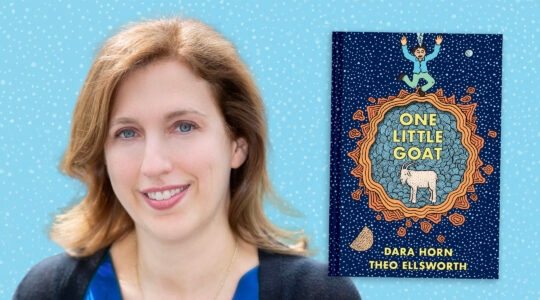I know madness; I know it intimately.
As president of NYU-Bellevue Psychiatric Alumni, having served on Bellevue’s Teaching Faculty since 1978, I recognize crazy, even when it’s an ocean away.
Murdering as many innocent people, as quickly as you can, is madness. Terrorists, no matter their origin, or motive, are crazy.
But aren’t they cold and calculating? They are, but so are most serial killers and other psychotic murderers.
Yes, they have motives, and grievances, that we can understand even if we don’t agree with them. But so do all psychotic individuals.
Medical students often make the mistake of denying their patient’s psychosis because they can connect the dots of his loose associations and understand his grievances. The question is however, are those grievances sane?
When, for example, an individual coldly, calculatingly, travels great distances to cunningly confront a celebrity, whose lifestyle offends them, or who has been broadcasting secret messages to them, we understand their grievances, but we know that they’re crazy. Why should that change if it’s more than one individual?
Clinically, we frequently encounter a folie a deux, a madness of two isolated family members who convince themselves that they are right while the rest of the world are fools. Less frequently, we see entire Munster-like families with the same belief system. Infrequently, we find large, self-isolating, passionate groups who figuratively (in the case of Jonestown, literally) swallow the Kool-Aid. This can start out as mass hysteria, which is usually transient, but it can deteriorate into something more permanent and self-destructive, a madding crowd.
We can understand both their primary and secondary gain: Belonging to any tribe, even a terrorist branch, makes an isolated individual feel like part of a family. Weapons of mass destruction give the most impotent individual an ephemeral omnipotence. Martyrdom provides a raison d’ etre, the illusion of purpose, to the most purposeless life. Understanding their rationale, however, doesn’t make it sane.
The unfortunate reality is that most insane individuals wander the periphery of our civilization untreated, but also unfettered. Whether because of cost, convenience, or philosophy, our approach has been: No harm, no foul. If you don’t bother us, we won’t bother you.
On the other hand, not only do we define suicidal and homicidal behavior as crazy, but, in practical terms, these are the only manifestations of psychosis that justify involuntary hospitalization.
But aren’t all soldiers homicidal and suicidal? No, soldiers kill if they have to, and die if they must, but prefer to avoid both. The difference between dreaming of a White Christmas, or of 72 virgins, is not a matter of religion, but of psychopathology.
As society evolves, we become more tolerant of differing belief systems. You can worship any God you choose and practice any religion you believe in. You can even fervently believe that I am destined for hell because I don’t agree with you. You cannot, however, act to send me there yourself.
When your belief system threatens our existence, we can no longer afford that tolerance. In the past, and in the present, when an individual, or group of individuals, sane or insane, threatens us, we either incarcerate or destroy them to protect ourselves.
Not to do so would be insane on our parts.
Dr. Herschkopf is the author of “Hello Darkness, My Old Friend: Embracing Anger to Heal Your Life.” His work has appeared in literary, news and medical publications.
The New York Jewish Week brings you the stories behind the headlines, keeping you connected to Jewish life in New York. Help sustain the reporting you trust by donating today.




